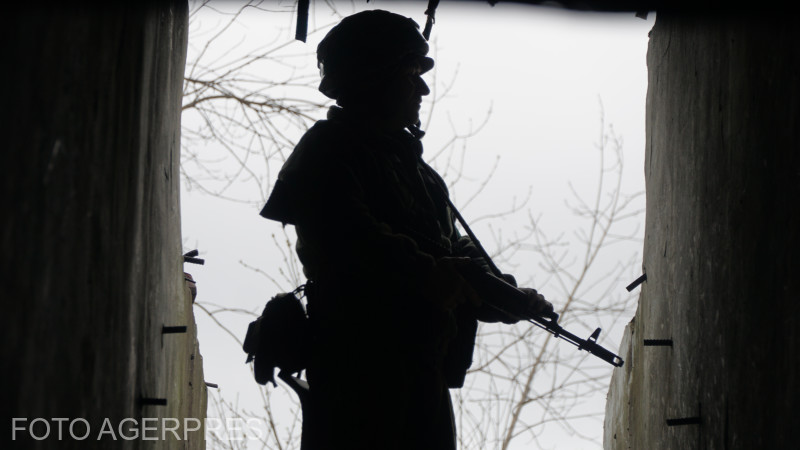PressHub has produced, for the first time, a sketch of the weaponry manufactured in Romania that has reached the front in Ukraine, using official data from the Ukrainian army and open-source online information. It appears that the Romanian Army sent Ukraine Soviet-origin equipment still in its possession, which was in any case due to be phased out.
For example, the Ukrainian forces refused the MIG aircraft used by the Romanian Air Force until 2020, arguing they were too old and endangered the lives of pilots. The only modern equipment officially donated to Ukraine was a Patriot battery, but this donation was requested by the U.S., which is expected to deliver a new battery to Romania.
Between November 2024 and the presidential elections in May 2025, extremist and sovereigntist parties, as well as candidates supported by these groups—such as Călin Georgescu, suggested that Romania had either sent or was preparing to send soldiers to Ukraine.
As a result, many Romanians began withdrawing their support for Ukraine’s war effort and grew more skeptical of any Romanian assistance to the neighboring state, as shown by a 2023 Eurobarometer survey.
Fear of Conscription Feeds the Extremist Electorate, but Romania Has Not Sent Soldiers
Almost 42% of Romanians are worried that Romania could be drawn into a war, according to a poll conducted by INSCOP Research between May 26–30. This percentage overlaps with the sovereigntist electorate in Romania, an audience increasingly swayed by the disinformation campaigns of such parties.
“I publicly call on Ilie Bolojan not to commit Romania to sending troops or weapons to Ukraine. He has no mandate for this; we are waiting for a return to democracy,” wrote AUR leader George Simion on his Facebook page in March.
As PressHub has already shown in its campaign against disinformation regarding Romania’s involvement in the war in Ukraine, Romania has not sent any soldiers into the conflict across the border.
Since February, fewer than 100 Romanian citizens with residence in Romania have fought in Ukraine, all of them volunteers who enlisted in Ukraine’s armed forces, but none of them were professional soldiers.
Romania Has Provided Weapons, but Secretly
In order to evaluate and present as accurately as possible the actual military aid granted to Ukraine—since the Romanian Army has consistently refused to provide official figures—PressHub analyzed media reports as well as statements from Ukrainian authorities.
Information about Romanian weapons identified in Ukraine comes mainly from posts by Ukrainian soldiers on Telegram or X. The Ukrainian website Defense Express has also published detailed analyses of weapons spotted on the front lines.
Using these official sources and verified posts from Ukraine, PressHub drew up a sketch of weaponry originating from Romania.
Data from Ukraine on the use of Romanian-made military equipment was then cross-checked by PressHub with the help of two arms dealers and Romanians who were present at the Ukrainian front as representatives of civil society.
The Romanian Ministry of National Defense (MApN) told PressHub that Romania has assisted Ukraine with the following:
- one Patriot system,
- training Ukrainian pilots at the F-16 Training Center in Romania,
- the EU’s humanitarian assistance mission for Ukraine (EUMAM Ukraine),
- training Ukrainian troops through the INTERFLEX mission in the UK,
- as well as various bilateral or multilateral training activities, such as the Security Assistance Group – Ukraine (SAG-U).
Romania Donated Soviet-Style Weapons
The list compiled by PressHub mostly includes military equipment produced by Romanian factories, modeled on Soviet designs, and found on the Ukrainian front, primarily consisting of weapons compatible with the Ukrainian army’s existing arsenal.
The list includes rocket launchers, armored personnel carriers, and ammunition of various calibers, most of them based on Soviet patents. In the absence of official information, it is difficult to estimate the volume of deliveries or the areas of the front where they were used.
In 2022, at the beginning of Russia’s aggression, Ukraine’s Defense Express conducted an analysis of the advantages of Romanian military equipment. At that time, and largely still today, the Ukrainian army depended heavily on Soviet equipment.
The Romanian Army possesses the capacity to produce Soviet-type or Soviet-inspired weapons, such as TAB-71M armored personnel carriers, DȘK heavy machine guns, or the CA-95 air defense system. Familiarity with these systems represented a potential advantage for Ukraine.
Regarding stocks of such weapons held by the Romanian Army and reportedly seen on the Ukrainian front, the press office of the Ministry of National Defense (MApN) told PressHub that the information “falls under classified information according to the law and cannot be disclosed publicly, in accordance with Article 12 of Law no. 544/2002 regarding access to public interest information.” In other words, the real evolution of these weapon stocks cannot be tracked without official sources.
List of Romanian Weapons Identified in Ukraine
Weapons discovered in PressHub monitoring:
M1981 152mm Towed Gun-Howitzer (D-20) (May 2023)
The Romanian version of the Soviet D-20 model, a 152.4mm gun-howitzer with a range of up to 25 km. Produced since 1982 at Reșița factories, based on designs purchased from the People’s Republic of China.
Stock: 320 units in the Romanian army
Location: Ceasov Iar, Donetsk Oblast
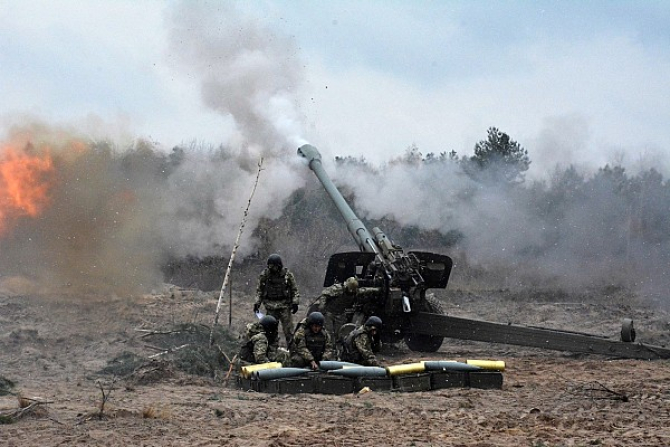
APR-40 122mm Rocket Launcher
A Romanian multiple rocket launcher system based on the Soviet Grad BM-2, currently out of production.
According to UNROCA, Romania had 135 of these launchers in 2021. Since 2023, the registry no longer reports any in Romanian possession.
Location: Zaporizhzhia Oblast
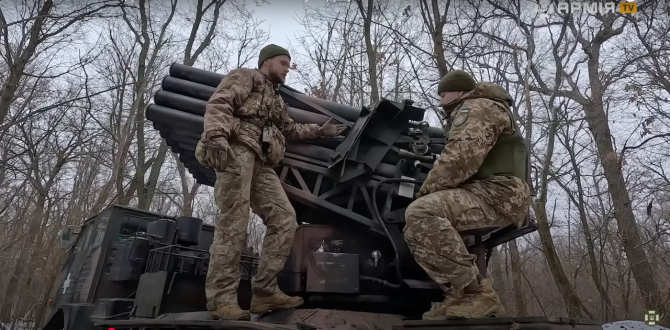
CA-95 Short-Range Air Defense System (March 2025)
Manufactured in Romania based on the Soviet Strela-3 model, capable of hitting targets up to 4.2 km and effective on the Ukrainian front against drones and cruise missiles.
The air defense system is mounted on a TABC-79 armored vehicle. Romania had 402 such vehicles in 2021, according to UNROCA. In 2024, Romania no longer reported these vehicles.
A recent example from March 2025 shows an armored vehicle equipped with a short-range air defense system, CA-95. Images circulated online and reached the Ukrainian information portal Tysk. The system is mounted on a TAB-71M vehicle, manufactured by ROARM. Romanian officials did not comment on the delivery of such vehicles to Ukraine.
Location: unknown
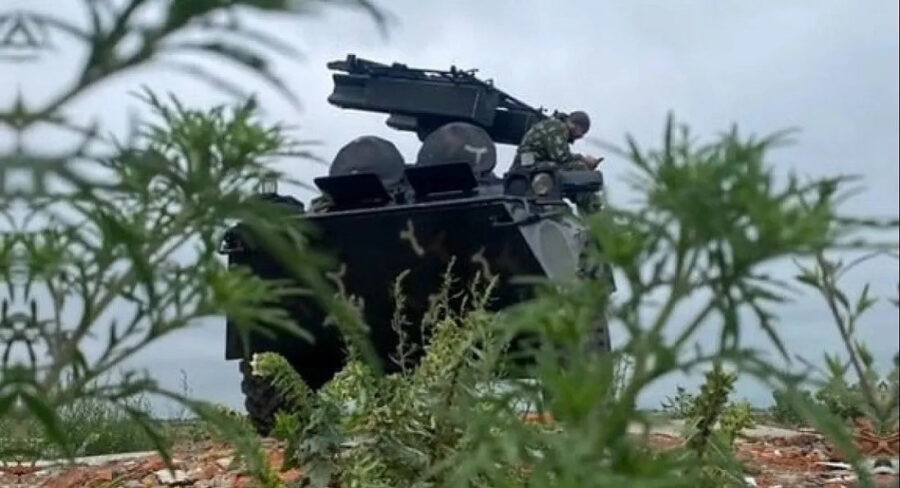
TAB-71M Armored Personnel Carrier (before November 2022)
Romanian production based on the Soviet BTR-60PB, with two more powerful diesel engines and a modified turret.
Stocks in 2021: 261 units; in 2022: 211 units (UNROCA). No further reports were received from the Romanian Army.
Location: Kherson Oblast
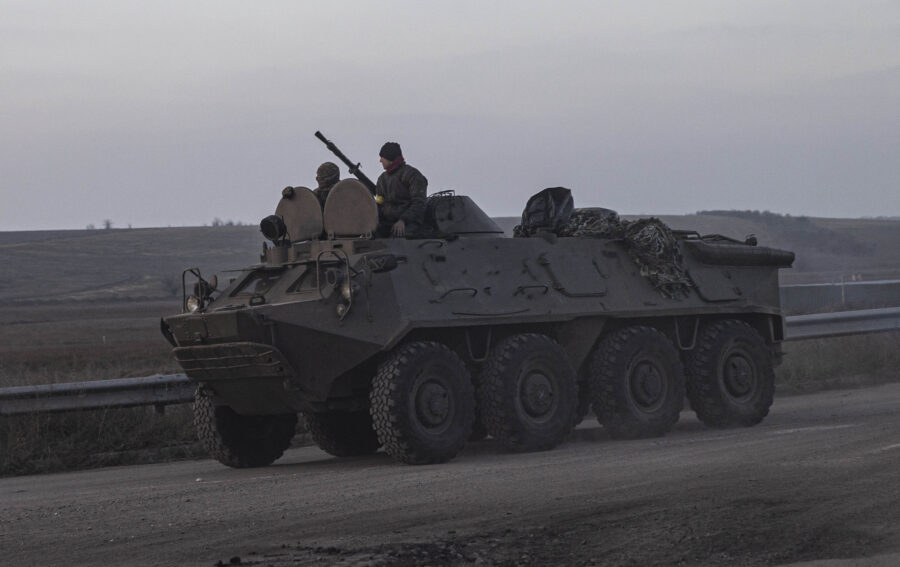
DȘK Heavy Machine Guns (December 2022)
Soviet anti-aircraft heavy machine gun, using 12.7x108mm ammunition, produced in Romania at Cugir Mechanical Plant since 2015.
Location: Hostomel, Kyiv Oblast
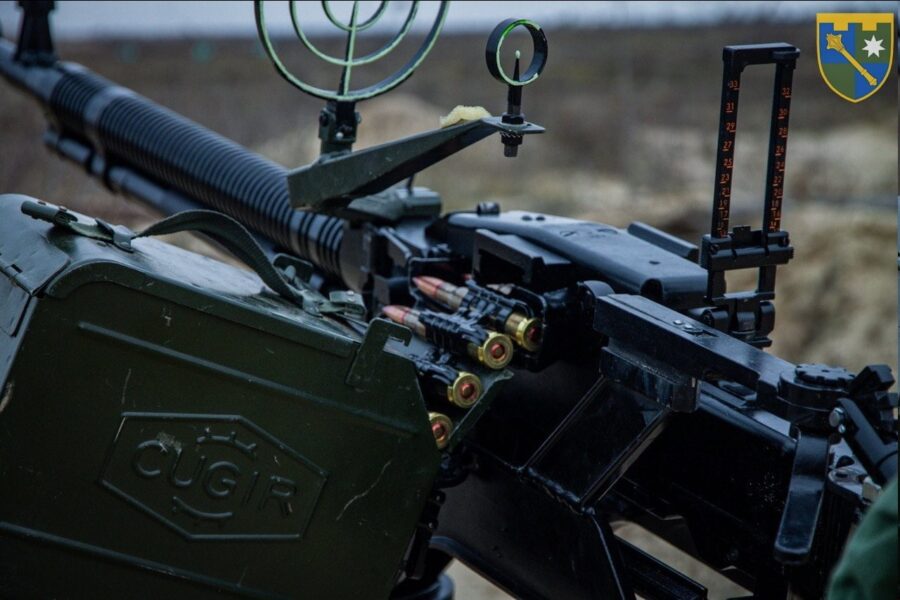
12.7mm Ammunition for Heavy Machine Guns (November 2022)
For DȘK machine guns
Location: unknown
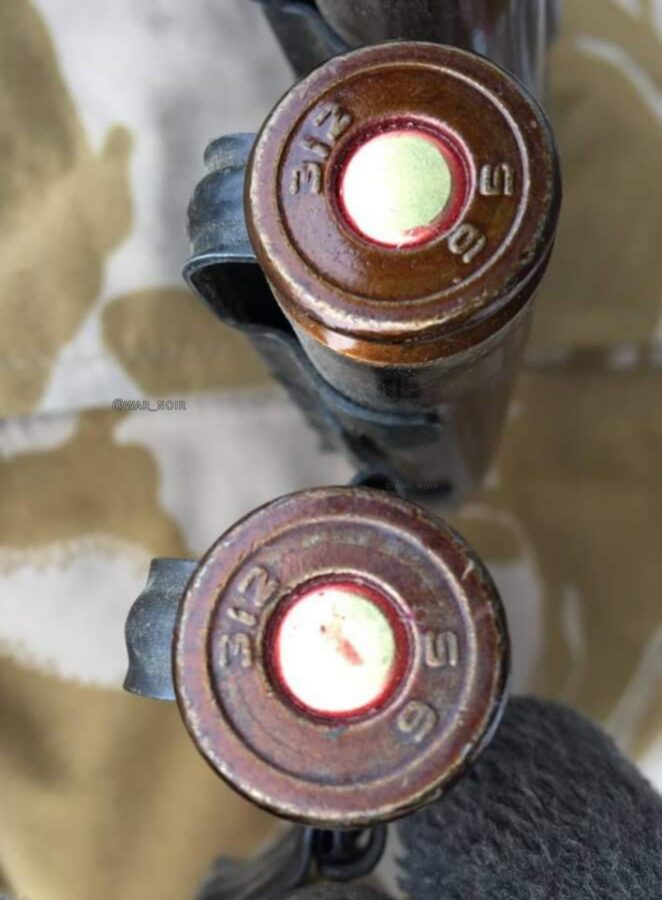
AG-7 Propelled Grenades (October 2022)
Anti-tank grenades for 85mm guns
Location: unknown
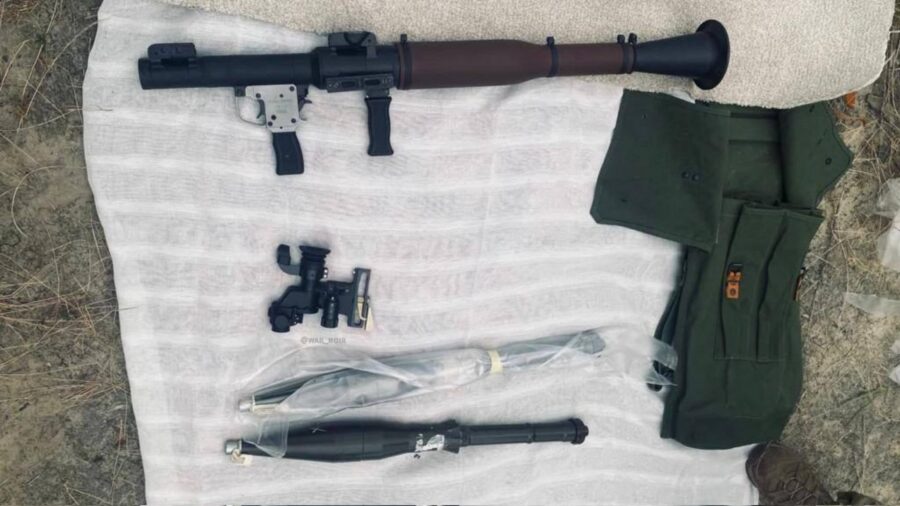
AG-9 Propelled Grenades (July 2023)
Anti-tank grenades for 73mm guns
Location: unknown
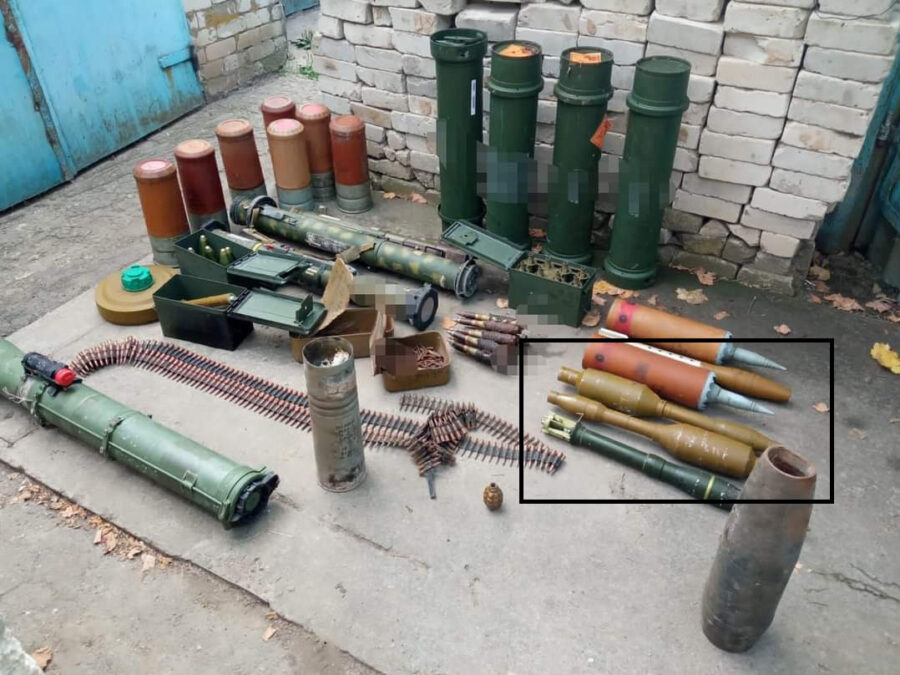
HE 346-E (OG-9) 73mm Ammunition for Recoilless Guns (February 2023)
Explosive fragmentation projectile produced in Romania. Used with the heavy anti-personnel grenade launcher SPG-9, originally from the USSR.
Location: unknown
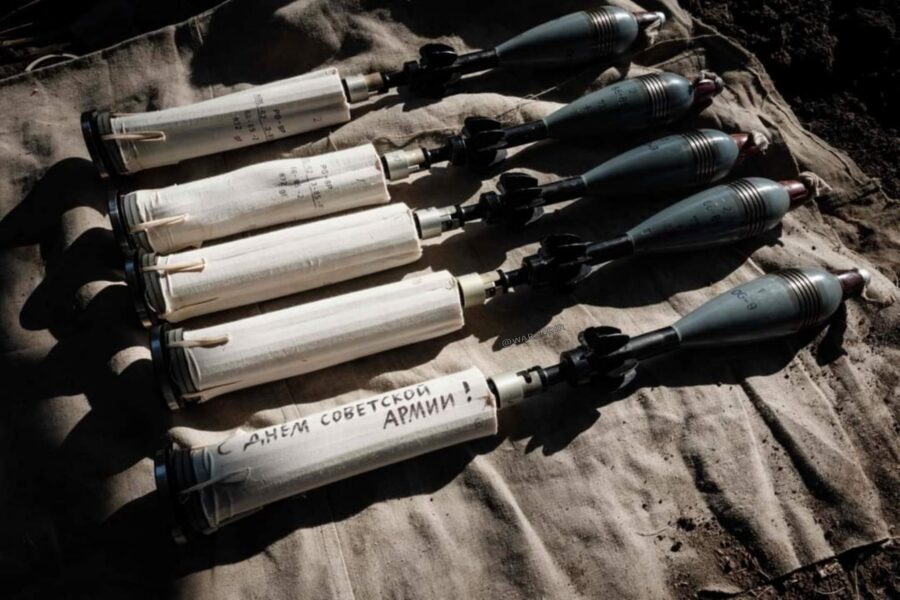
O-832-MC 82mm Mortar Ammunition (before November 2022)
82mm high-explosive fragmentation (HE-Frag) mortar round with point-detonating fuze, used against personnel and light targets.
Location: unknown
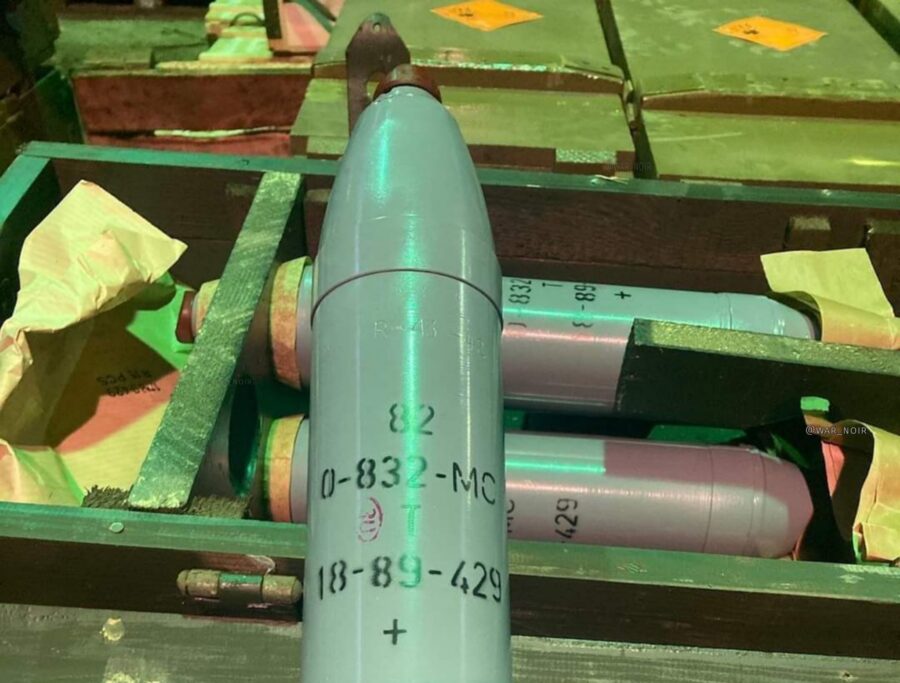
9M22U-S 122mm Rockets (before October 2022)
Romanian-made rockets produced by ROARM, based on the Soviet 9M22U-S model.
Location: unknown
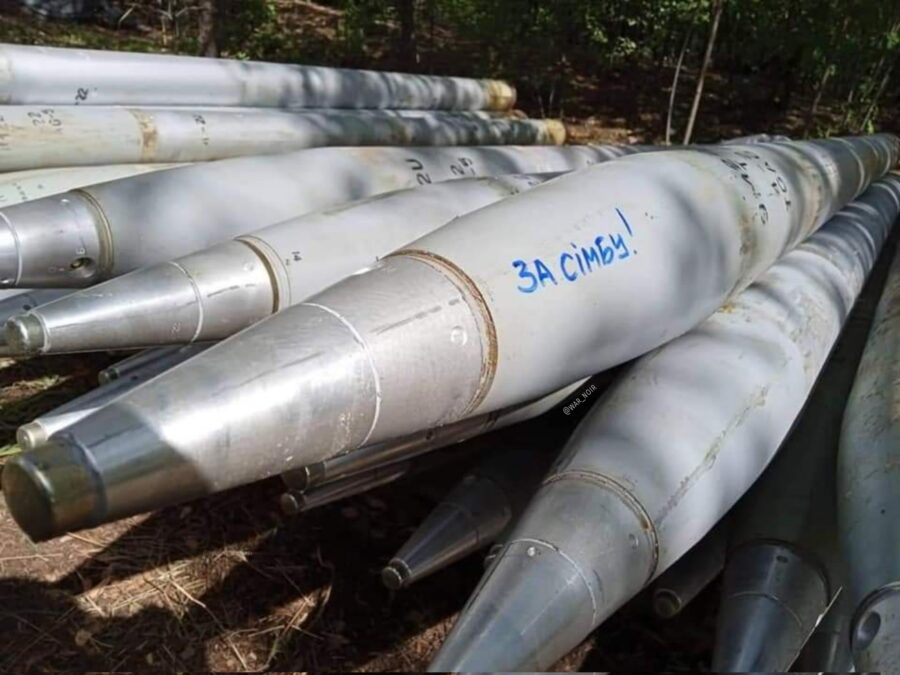
152mm Howitzer 2A65 Msta-B
Soviet 152mm towed howitzer, range up to 29 km, with laser-guided ammunition.
Ammunition produced in Romania with technology imported from China, for the Romanian version of the Soviet 2A65 “Msta-B” howitzer.
Anatol Șelaru, former Defense Minister of Moldova, stated in 2022 that Romania resumed production of these shells to assist the Ukrainian army.
Location: unknown
ANUBIS Remote Weapon Stations Produced by Pro Optica (for BMC Kirpi MRAPs) (January 2023)
Stabilized, remotely controlled systems integrating optical and thermal sensors for day and night target detection and engagement without exposing the operator.
Location: unknown
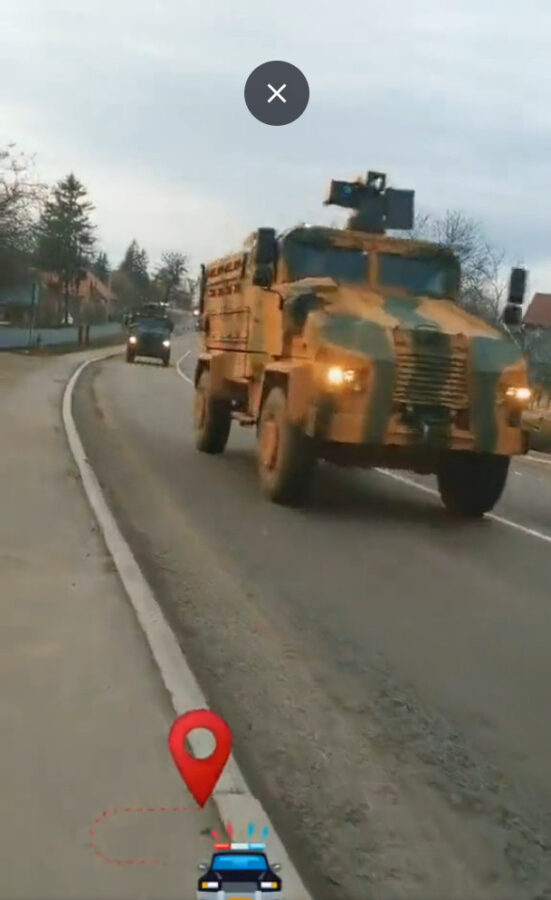
The TAB-71M Armored Personnel Carrier Was Identified by PressHub in the Kherson Region
The TAB-71M armored personnel carrier was spotted by PressHub in monitoring of the Kherson region, located approximately 470 km from the nearest Romanian-Ukrainian border crossing at Albița.
DȘK heavy machine guns were identified in Hostomel, Kyiv Oblast, roughly 550 km from the Siret crossing in Romania. A 152mm M1981 howitzer was identified in Ceasov Iar, Donetsk Oblast, 990 km from the Albița border. The 122mm APR-40 rocket launcher was spotted in Zaporizhzhia Oblast, about 1,000 km from the closest border point at Albița.
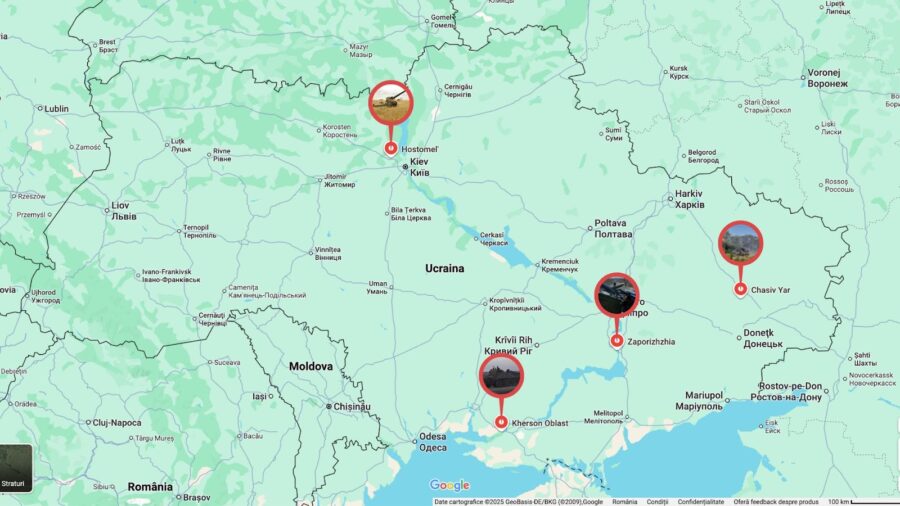
Romanian Army Secrecy Remains Unanswered
PressHub contacted the press office of Romania’s Ministry of National Defense (MApN) to request information about the types of weapons transferred to Ukraine since the start of the war, the timeframes of these transfers, and restrictions on disclosing such information. Along with the request, PressHub submitted the complete list of Romanian-made weapons identified on the Ukrainian front.
MApN representatives only confirmed information already publicly released by state officials, without any reference to Romanian military equipment discovered on the Ukrainian front.
The ministry’s press office added that “concrete information regarding military equipment donations sent by the Romanian Government to Ukraine falls under classified information according to the law and cannot be disclosed publicly, in accordance with Article 12 of Law no. 544/2002 regarding access to public interest information.”
Although independent military analyses have identified Romanian weapons on the Ukrainian front, verification is difficult without official confirmation.
MApN’s response demonstrates that Romania has a national security strategy in which the secrecy of military aid to Ukraine plays an important role.
The Defense Minister States Otherwise
Despite MApN’s reluctance to provide information, the new Minister of Defense, Ionuț Moșteanu, declared on July 20 that “Romania is helping Ukraine with both equipment and ammunition.”
Moșteanu revealed that there is an official decision preventing public disclosure of these military aids.
This is the first time a high-ranking Romanian official has acknowledged the existence of military assistance to Ukraine. In 2023, President Klaus Iohannis stated that disclosing military aid “is neither logical nor useful.” In an interview with Spotmedia that same year, retired General Dan Grecu criticized Iohannis’s decision to classify Romania’s military support.
Romania Honors Its European Commitment to Ukraine but Does Not Appear in Statistics
As American aid to Ukraine became more limited, European states sought to compensate with their own military assistance. Radio Free Europe analyzed that European financial support was nearly on par with U.S. aid during 2022–2024.
Countries allocating the highest percentage of GDP to Ukraine include the Baltic states, Nordic countries, Poland, and the Netherlands. According to Kiel Institute open-source data, Romania reportedly allocated 0.56% of its 2021 GDP to Ukraine during the same period, covering both declared humanitarian and military aid, including EU-level commitments.
Thus, Romania is below the European average in aid, despite having the longest border with Ukraine in the EU. Due to the lack of official information, public statistics cannot reflect the full reality.
Since the war began in February 2022, Romania has remained a firm ally of Ukraine, regardless of changing governments and presidential administrations. Mayor Nicușor Dan continues this line. “Since the war began, I have welcomed Romania’s stance toward the war in Ukraine every year,” the President stated in May 2025.
The Romanian government has supported Ukraine with weapons, provided humanitarian assistance to refugees, and ensured terrestrial, river, and maritime corridors for Ukrainian exports, primarily grain—all in addition to diplomatic support.
However, except for the Patriot battery—delivered at the insistence of the U.S. and NATO and subsequently approved by Parliament—we cannot know exactly what other weapons Romania has sent to Ukraine.
“There Is No Reason to Keep It Secret. There Is No Sense in Hiding from Russia”
While other Western partners constantly and publicly announce military aid for Ukraine, Romanian officials remain hesitant. “From my point of view, there is no reason to classify [military aid], so there is no reason to hide,” notes Iulia Joja, Security and Defense expert at Georgetown University, USA. She has consistently criticized President Iohannis’s decision to classify Romania’s military support to Ukraine.
Joja points out that this political decision harms Romania more than it benefits it. “Romania loses by hiding, because it cannot publicly demonstrate its contributions to European security, thereby reducing its own influence. The only effect of this secrecy is the inability of experts and the public to analyze Romania’s contributions to continental security.”
The Romanian authorities’ decision to classify aid seems based on President Iohannis’s reasoning that “it is not very good, in wartime, to provide all details to the opponent through the media.”
However, Joja warns that “there is no sense in hiding from Russia, which is already attacking Romania in a hybrid war and has access both to public information about Romanian-made weapons identified in Ukraine and to additional information that is not public.”

Amid widespread online disinformation, it is more important than ever for the Romanian state to build trust with its citizens. Joja also notes, “The government has a responsibility to prevent opposition from a majority [against aid to Ukraine] by providing the population with accurate information.”
Russian propaganda narratives take root most effectively in an environment lacking timely, reliable official information.
MApN does not confirm deliveries of Romanian weapons to Ukraine, the Minister of Defense says otherwise but gives no details, and other officials remain silent. Yet the weapons exist and are documented.



